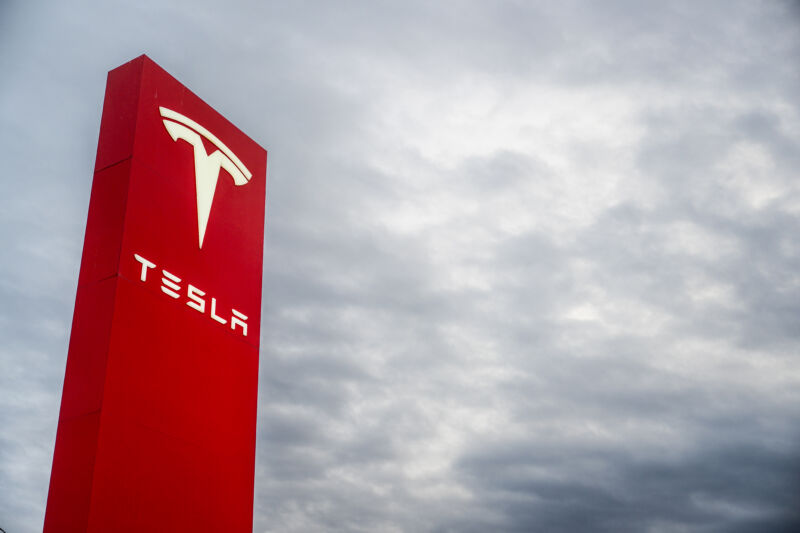
Brandon Bell/Getty Images
The federal government has given Tesla quite the homework assignment. The electric automaker has until July 1 to reply to a massive data request from the National Highway Traffic Safety Administration, which is investigating the efficacy of Tesla’s massive Autopilot recall, following at least 20 crashes post-recall.
Tesla decided to recall more than 2 million cars in the US—almost every vehicle it has ever sold here—in December 2023, following an engineering analysis by NHTSA that found the automaker’s Autopilot driver assistance feature had inadequate driver monitoring and that Autopilot was too easily misused.
Last month, we discovered that NHTSA is not happy with the Autopilot recall. Now, the agency has made public the letter it sent Tesla this week, demanding a whole lot of answers by July 1.
What did Tesla fix?
Tesla made five specific fixes in the December recall. It added a “single-pull activation option” to engage Autopilot, which is meant to disable the adaptive cruise control and lane-keeping functions if the steering wheel is inadvertently moved enough to override the system. It also made the system use stricter driver monitoring standards “when approaching traffic controls off-highway” to try to prevent drivers from using Autopilot on surface streets.
Tesla also increased driver monitoring for a short while after Autopilot is engaged. It introduced one-week suspensions from enabling the system “for drivers who receive three or five forced Autopilot disengagements (depending on cabin camera availability).” Finally, it enlarged the warning alerts shown to the driver on the infotainment system.
But NHTSA says it knows of at least 20 crashes involving Tesla Autopilot that fall into three different categories. It says there have been nine cases of a Tesla having a frontal collision with another vehicle, object, or person, for which there was time for an alert driver to have avoided the crash. Another six crashes occurred when Teslas operating under Autopilot lost control and spun out or understeered into something in a low-grip environment. And five more crashes occurred when the driver inadvertently canceled the steering component of Autopilot without disengaging the adaptive cruise control.
NHTSA also says it tested the post-recall system at its Vehicle Research and Test Center in Ohio and that it “was unable to identify a difference in the initiation of the driver warning cascade between pre-remedy and post-remedy (camera obscured) conditions,” referring to the supposedly stronger driver monitoring.
NHTSA also notes that the first of Tesla’s five fixes was not a default setting, and Tesla owners “must navigate to a menu and enable the feature,” which they can disable again if they want.
The agency also points out that Tesla has pushed out updates to its cars that are meant to reduce hydroplaning crashes and high-speed captive lane turn collisions that were separate from the recall fix.
